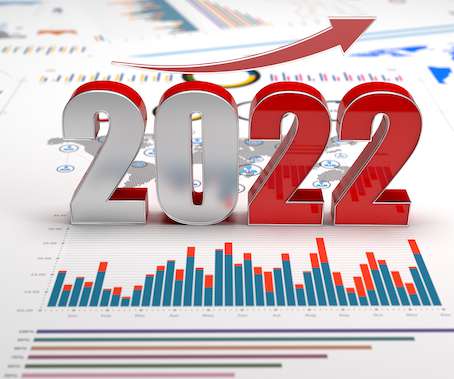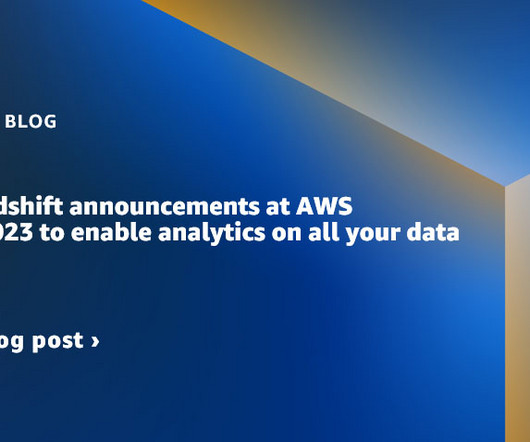Back to the Financial Regulatory Future
Cloudera
FEBRUARY 15, 2024
Cultural shift and technology adoption: Traditional banks and insurance companies must adapt to the emergence of fintech firms and changing business models. Seeing the future in a modern data architecture The key to successfully navigating these challenges lies in the adoption of a modern data architecture.

















Let's personalize your content